Around 140,000 Guatemalan families face food insecurity as a result of 2018’s extended canícula – a dry spell which usually occurs during the rainy season. By the end of July, a full month without rain had affected the production of maize and beans, the national staple crops, leading government institutions to sharpen the monitoring of national food insecurity. As with most climate change related events, this year’s drought is mainly affecting the “dry corridor,” a semiarid zone that stretches across Central America, prone to drought or extreme precipitation, where the El Niño phenomena also led to droughts in 2001, 2009 and 2014. In 2014, according to UN figures, 70% of the country’s basic food harvest was lost and the national government declared a state of emergency.
Ranking 10th on the list of countries in the world most affected by extreme weather events between 1995 and 2014, Guatemala is very vulnerable to the effects of climate change. This is especially true within the farming sector, where erratic and overall decreasing rainfall affects sewing and harvest seasons, and where increases in temperature favor the propagation of plagues in crops.
Since the vast majority of farm units are composed of small-scale farmers growing primarily maize and beans on rainfed systems, the changes in the rain patterns and the subsequent losses in harvest threaten the food security of about half of the rural population. This situation is worsened by the fact that an estimated 80% of families in the dry corridor live in poverty, with 30% in extreme poverty.
In the context of these realities, strategies aiming to mitigate climate change impact and fight malnutrition are obviously critical.
So how is this critical need met?
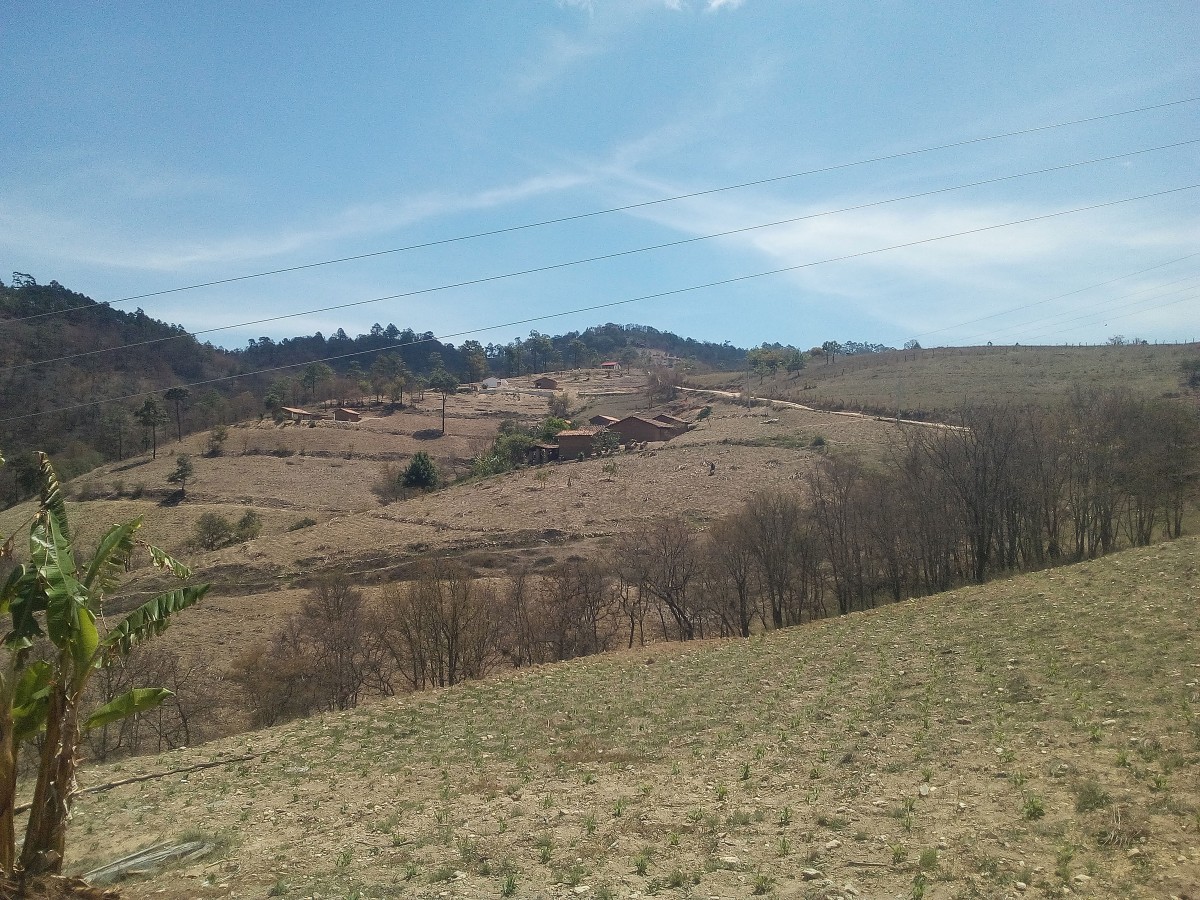
Rural extension service
The Guatemalan government’s response to rural agricultural needs is executed through the Dirección de Coordinación Regional y Extensión Rural (DICORER), a directorate of the ministry of agriculture. All municipalities in Guatemala coordinate with a DICORER agency in which 3 to 5 extension officers work with local farmers, providing technical assistance on farming.
The extension work in each community is done through groups of farmers who get together in units called CADERs. Extension officers usually provide training, counselling and, when available, inputs to a representative from a CADER who then transmits the information to their fellow farmers using the “Campesino a Campesino” – or “Farmer to Farmer” - method.
Farmers composing the CADERs are the heads of families, who are usually men. Wives of farmers in a CADER receive training and counselling from a so-called rural household extension officer on topics such as nutrition, health and hygiene.
The topics covered by extension workers with farmers are prioritized within the centralized agriculture ministry, with the municipal agencies then adapting these to fit the specific needs of the communities they work with. Areas of focus often include soil conservation, livestock vaccination, crop conservation, pest management or making farmers grow vegetable gardens.
Missing the target
We visited communities and analysed DICORER’s work with farmers and found one very clear barrier to success: the municipal extension agencies do not have sufficient resources to assist all of the communities within their municipality. Efforts are thus centered on communities labelled as high priority, which often already receive assistance from other organisations (NGOs or IOs). Furthermore, lack of IT and logistics resources, scarce access to agricultural inputs and unstable employment conditions prevent extension officers from designing intervention strategies which are suited to the specific needs and context of a given community. As a result, extension work tends to favor CADERs where farmers are more cooperative over CADERs with a smaller degree of farmer mobilization.
Moreover, organizing interventions through the CADERs leaves out all the farmers who do not integrate into these groups, including landless farmers and home gardeners. These excluded farmers, usually representing over half of a community’s population, are thus left without assistance and training on techniques which could be crucial to adapt their farms to changing and extreme weather conditions or increase their production.
More critically, while CADERs might include different categories of farmers (below-subsistence, subsistence and surplus farmers), the training and advice which extension workers provide does not distinguish between different farming practices and investment capacities. For instance, below-subsistence farmers often only crop between 1/10 and 2/10 of a hectare without access to irrigation, growing maize and sometimes beans in order to cover part of their annual food consumption. Given their precarious condition, these farmers are naturally risk averse and don’t typically adopt new farming practices that could potentially deteriorate their already uncertain food security situation. By not adapting training and support to the specific productive systems, capacities and needs of these farmers, it seems like extension services alienate most below-subsistence farmers as well as many subsistence farmers – exactly the population which is most vulnerable to climate change, as well as other stresses and shocks.
A similar lack of targeted efforts towards the most vulnerable farmers was found in the work of the Instituto de Ciencia y Tecnología Agrícolas (ICTA), the ministry of agriculture’s research institute working to generate agricultural technology and knowledge. ICTA undertakes research on soil and water preservation, pest management and development of new seeds, both biofortified and resistant to different biophysical contexts. Seeds developed by ICTA are sold by its regional offices at below market price, as well as by private agribusinesses throughout the country. Occasionally, extension technicians are provided with ICTA inputs to distribute to the CADERs, but as noted above, these rarely reach the most vulnerable farmers who also lack the resources to purchase these seed varieties, despite their low cost.
These shortcomings in extension services create a classic case of cumulative advantage, where those farmers who get more access to support and new training programs are those who already possess a certain capacity to invest and assume the risk linked to new farming practices. Tragically, this results in vulnerable farmers being overlooked in the support strategy of the public sector.
Redefine the tactic
So how can government institutions better support vulnerable farmers to adapt to climate change and reduce food insecurity? The biggest problem with the current approach seems to be the systematic adoption of “one-size-fits-all” solutions which ignore context specific realities and heterogeneity among small-scale farmers.
This isn’t unusual or unique, but DICORER’s evident lack of resources compounds the problem and keeps extension services from being effective for those who need it most. As such, strategies applied by extension workers to support family farming ought to be re-designed and adapted to make the best use of the limited capacities and resources within DICORER’s municipal agencies to meet the needs of different categories of farmers.
Interventions aiming to increase climate change resilience among the most vulnerable farmers should be sensitive to the characteristics and specific needs inherent to this group (for example, their aversion to risk), which are not the same as surplus farmers’. Such a strategy would allow DICORER to prioritize and effectively support climate change adaptation efforts of specific target groups rather than wasting scarce resources on a heterogeneous group of beneficiaries. If this public institution is to perform its role in improving rural livelihoods, it should adapt its interventions to meet the specificities that characterize Guatemala’s most vulnerable farmers, so they can in turn adapt to climate change.



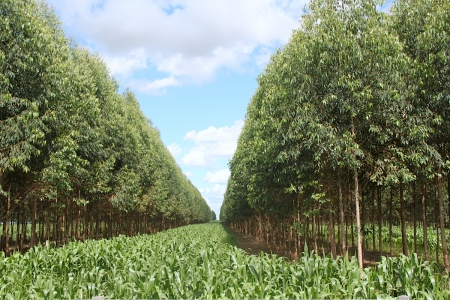



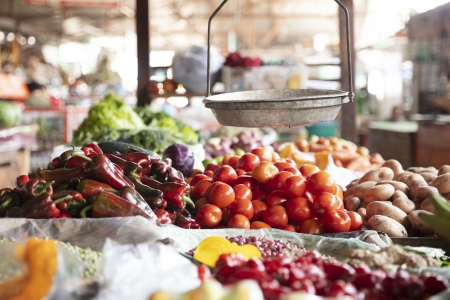
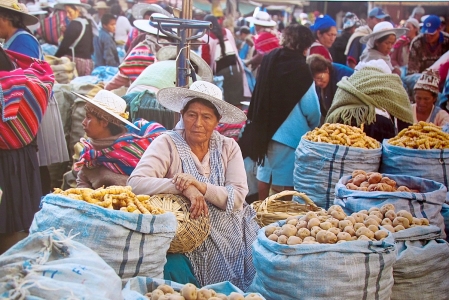

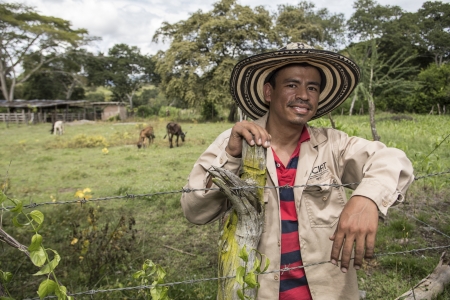


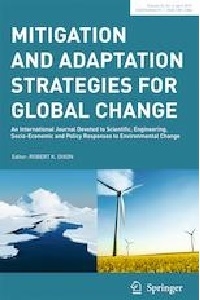
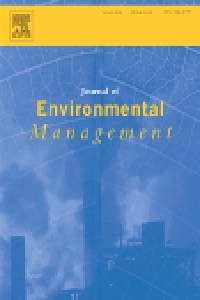
Comments
What specific innovations could a farmer make if there were to be an extended canícula again? I am spending time in the dry corridor area of Guatemala, and have spoken with farmers who rue their failed maize crops, but have little idea of what alternative options they may have at this time.